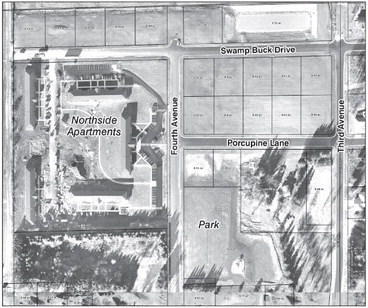NEW PLACES TO


As soon as winter releases its icy grip on Central Wisconsin this spring — and the ground begins to thaw out — city offi cials in Abbotsford are hoping to see signs of construc...


As soon as winter releases its icy grip on Central Wisconsin this spring — and the ground begins to thaw out — city offi cials in Abbotsford are hoping to see signs of construc...